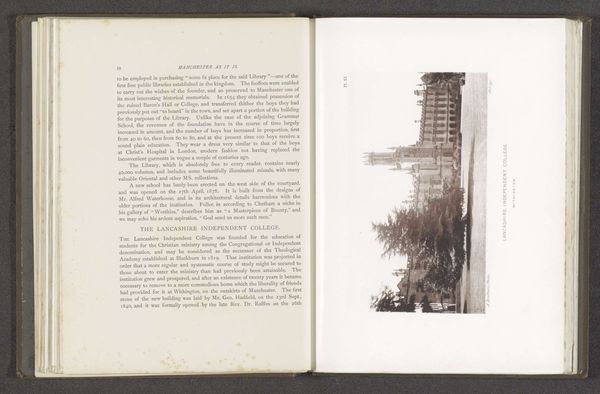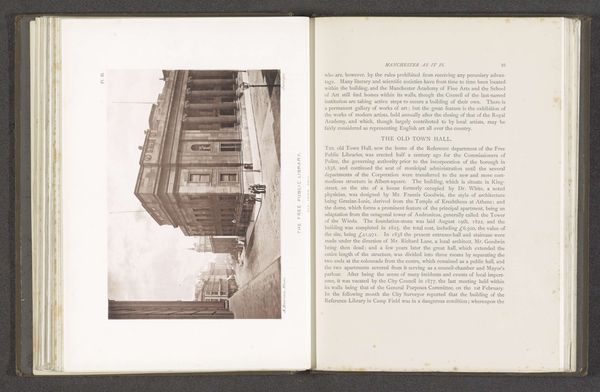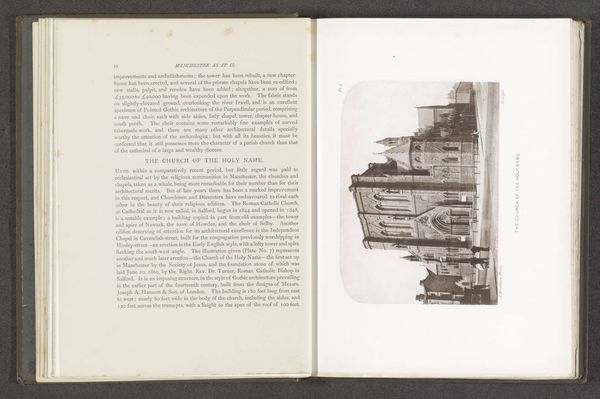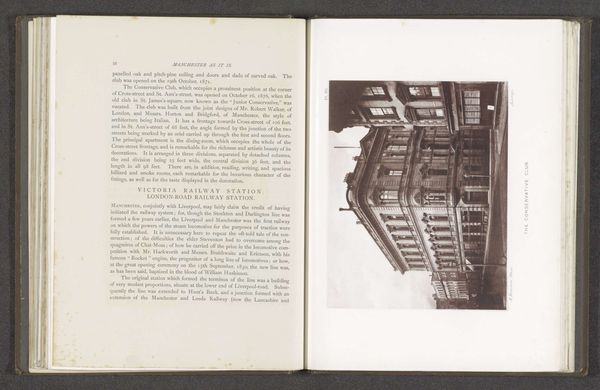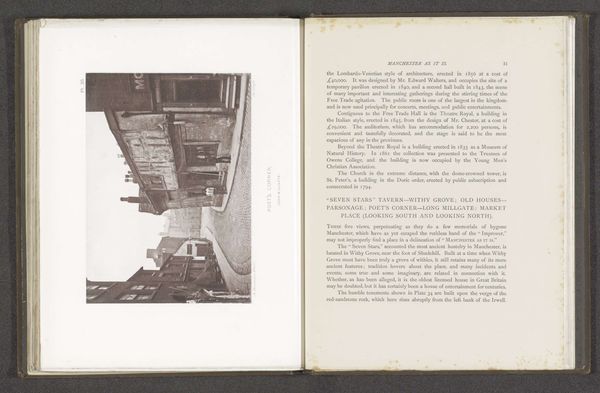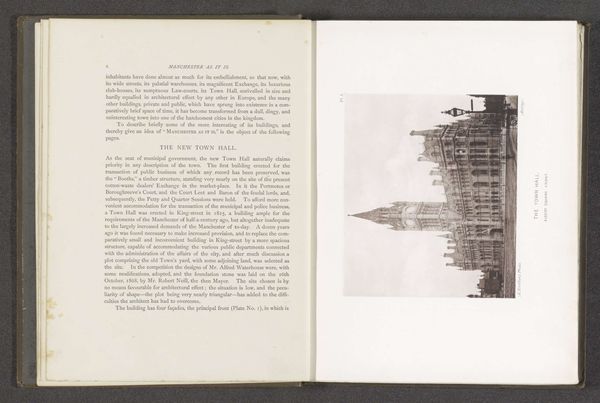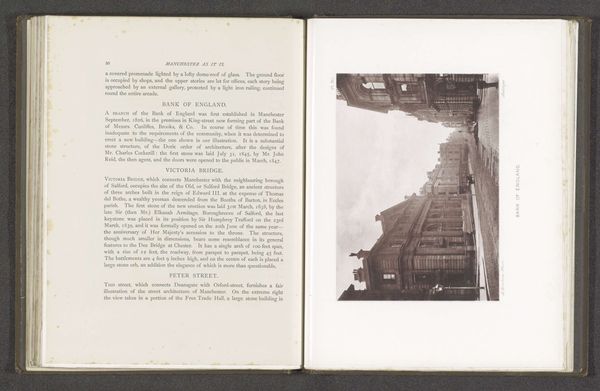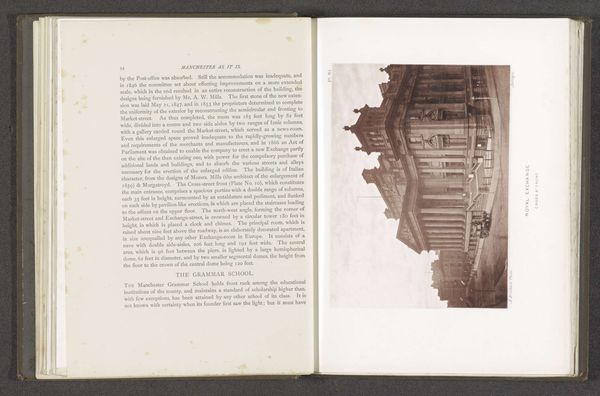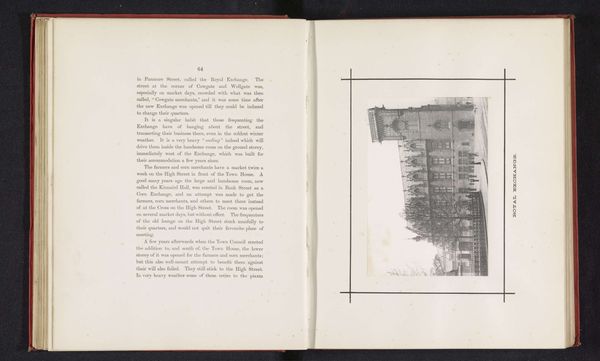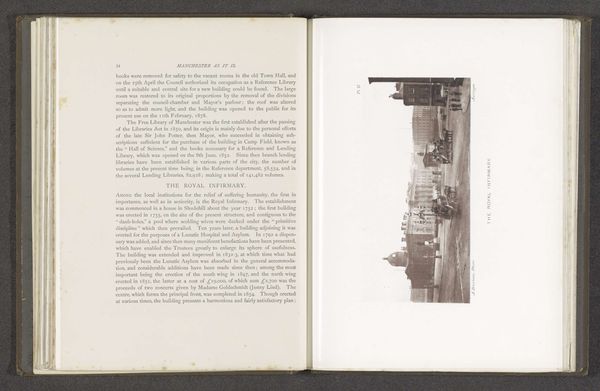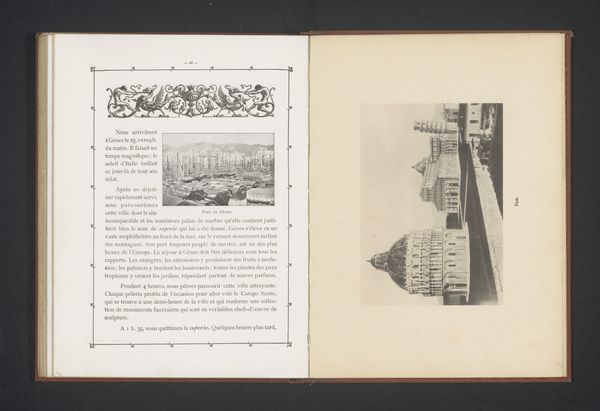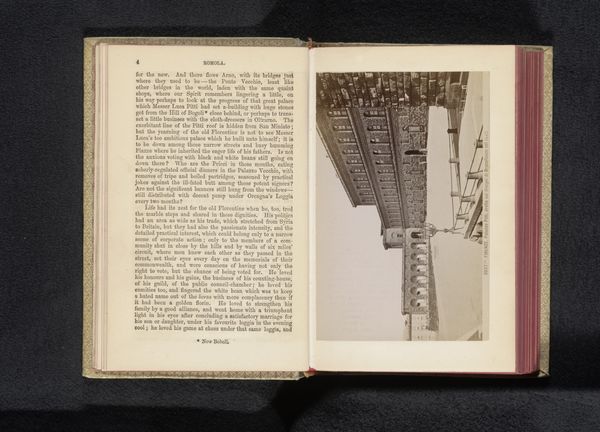
print, photography, gelatin-silver-print
# print
#
photography
#
gelatin-silver-print
#
cityscape
#
realism
Dimensions: height 105 mm, width 185 mm
Copyright: Rijks Museum: Open Domain
Editor: This is a photograph entitled "Gezicht op de St Ann's Church en St Ann's Square in Manchester" taken before 1878 by Alfred Brothers. It's a gelatin silver print. What strikes me is how ordinary the scene appears, yet it captures a specific moment in the city’s history. How do you interpret this work? Curator: It's a potent image. This photograph isn't just a cityscape; it's a document of urban development and social stratification during the Industrial Revolution. Consider the architectural styles; they reflect the era's values. Now, what does this image tell us about wealth and class during this period? How are these things implicit in the structures themselves? Editor: Well, you see a clear difference between the imposing architecture and what seems like modest commercial activity on the street level. It feels like a visual representation of inequality, but I hadn’t considered that deeply before. Curator: Exactly. The grand church juxtaposed with the busy square highlights the tension between spiritual authority and burgeoning capitalist activity. How might gender and race be implicated in this landscape, considering the limited roles women and people of color occupied in industrialized Manchester? Can you see any sign of diverse demographics or communities? Editor: I can’t see individuals clearly enough to know specifics, but the relative lack of visible people is a statement in itself. Curator: It is a stark observation about who is rendered visible, and whose stories are omitted. Considering the photograph within this socio-historical framework reveals how seemingly neutral depictions of urban spaces can perpetuate power structures and inequalities. Editor: That's fascinating. I see the photograph in a completely new light now. I initially focused on the aesthetics of the architecture, but understanding its historical and social context brings forth important meanings. Curator: Precisely. This highlights how art isn't made in a vacuum, but instead reflects, and reinforces, social conditions of its time. It’s about engaging in active dialogue with art, pushing beyond surface aesthetics.
Comments
No comments
Be the first to comment and join the conversation on the ultimate creative platform.

